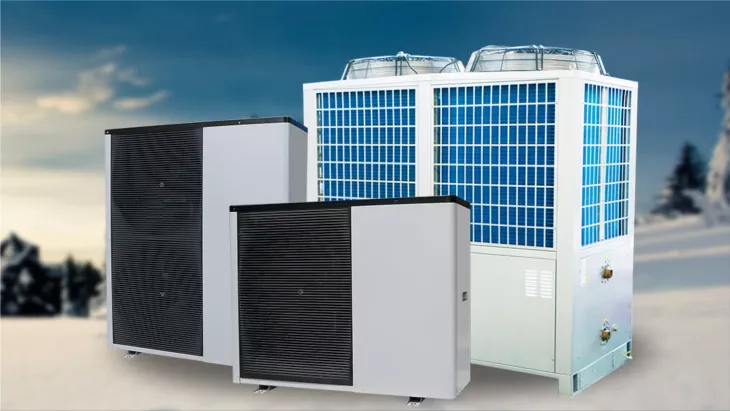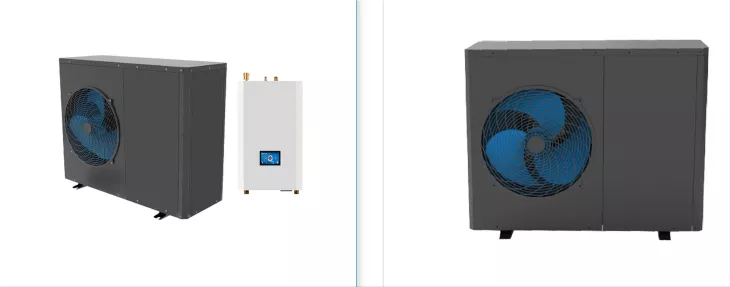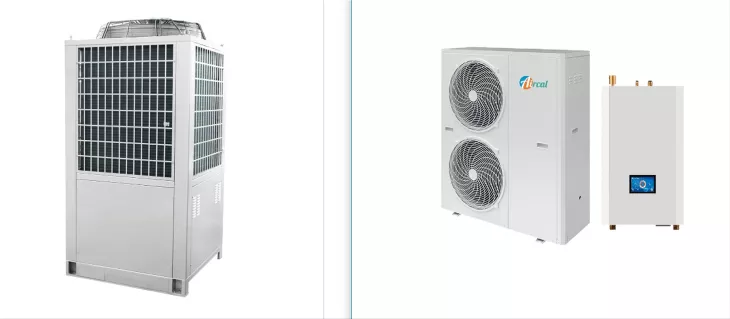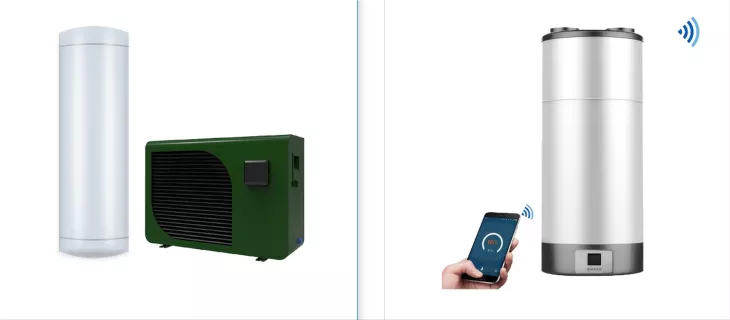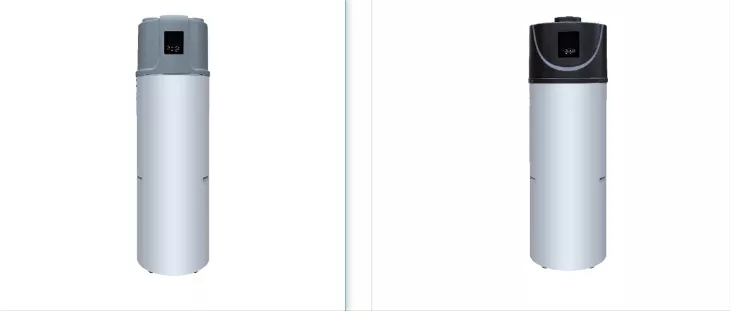The domestic hot water heat pump can heat your water supply by drawing in air from the outside. This heat pump is different from typical air-to-water heat pumps in that it only generates domestic hot water for showers and sinks.
Exactly how does a home water heat pump work?
An effective heat pump is coupled with a highly insulated water heater to form a domestic hot water heat pump system. In a closed-loop system, the refrigerant in a home heat pump transfers heat from the air or liquid being heated. The energy from the heat source is transferred to the refrigerant, which is then compressed, increasing the pressure and thus the temperature. The water in the tank is heated as the hot liquid is pumped through a coil around the tank.
Heat pumps for domestic hot water have a low impact on the environment.
Unlike standard heat pump installations, those for domestic hot water are relatively simple. The heat pump and water heater are integrated into a single compact unit, making this system both portable and simple.
Household heat pumps are one of the most eco-friendly and cost-effective ways to heat water for the home. The energy efficiency ratings for these heat pumps were all A+, the highest possible rating for heating water for household use. Using a domestic heat pump to heat your water is a great way to show off your eco-friendly credentials.
Conventional Heat Pumps with Multiple DC Inverter Outputs
DC inverter heat pumps automatically modify compressor speed in response to changes in ambient temperature, resulting in more consistent temperatures. If the unit reaches the desired temperature, it will continue to run while using significantly less power.
DC Inverter Heat Pumps Have Some Benefits
The electricity and energy used by DC inverter heat pumps are reduced. This is because DC inverter heat pumps have a variable compressor speed that reduces on-demand power usage.
The DC inverter heat pump is more comfortable and has faster temperature changes. DC inverter heat pumps operated at a high frequency when first turned on, but once the desired temperature is reached, the frequency is lowered to ensure the room stays at that constant temperature.
DC inverter heat pumps have lower voltage requirements and a wide range of applicability, and they can be run on a wide voltage range (from 130 to 280 volts).
It is easier for the DC inverter heat pump to adjust to colder temperatures. Automatically adjust the compressor's cycle rate to maintain a constant setpoint pressure regardless of the outside temperature. The frequency converter uses high-frequency operation during defrosting to reduce the time spent defrosting and increase the unit's overall heating efficiency.





